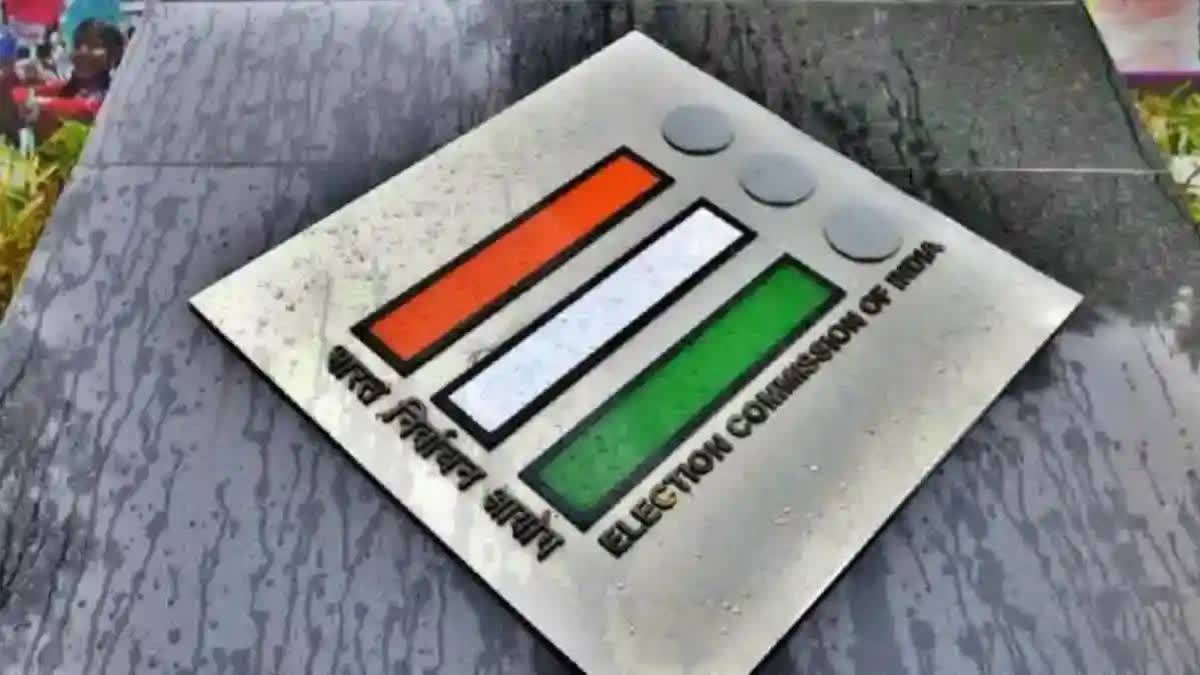New Delhi: As the High-Level Committee on 'One Nation, One Election' submitted its report giving a push to the government strategy of conducting simultaneous polls, the report highlighted that simultaneous polls cannot only bring growth in Gross Domestic Product (GDP), but it also brings down the inflation rate.
The concept of 'One Nation, One Election' refers to the idea of synchronising elections at all levels of governments in the country. However, the idea of simultaneous elections is not new to India’s history. Simultaneous elections for the national and state assemblies were, in fact, the norm in India till 1967. The timing of four electoral cycles during 1951-52, 1957, 1962 and 1967 were harmonised at the national and state levels. The cycle of concurrent elections was, however, discontinued after the dissolution of several state assemblies in 1968 and 1969 by invoking Article 356 of the Constitution when all the state machinery was taken under the Central government’s jurisdiction.
Speaking to ETV Bharat, former Chief Election Commissioner (CEC) Taruvai Subayya Krishnamurthy said that simultaneous elections have certain advantages as far as economic and administrative factors are concerned. “From the point of view of administrative feasibility and saving costs and time, this simultaneous elections are certainly a preferable option,” said Krishnamurthy, who served as the 13th Chief Election Commissioner.
“Yes, it can help in improving the economic condition. However, politically it is being opposed by the regional opposition parties. They think that the federal feature of the Constitution will be affected. Although my experience has shown that voters have voted differently during Lok Sabha and Assembly elections, there is strong opposition that they may challenge the desirability of the proposal,” he said.
According to Krishnamurthy, the only point where he may not be able to agree is the suggestion that there should be an election for a limited period. “The committee suggested that if there is a hung Assembly or lack of confidence in the House and the government falls, then there should be an election for a limited period. I feel it is neither desirable nor pragmatic. There should be a vote of confidence, which can also elect a new leader,” said Krishnamurthy.
Gross Domestic Product (GDP) Growth
There is evidence that real GDP growth at both the national and state levels was higher following simultaneous election episodes compared to non-simultaneous episodes while inflation was lower. These effects are economically important. The report finds that fiscal deficit and public spending are higher and public spending tends to be skewed towards capital relative to revenue following simultaneous election episodes. The report also finds overall investment to be relatively higher and some suggestive evidence for comparatively better social and governance outcomes around synchronised elections.
Inflation
On average, the Consumer Price Index (CPI) annual inflation rate was lower for simultaneous episodes than non-simultaneous ones during the pre-election period. The inflation rates generally drop around both types of election cycles, but more so around simultaneous episodes.
Fiscal deficit
When an election is announced at the national or state level, a “Model Code of Conduct” (MCC), or a set of rules is imposed, which includes among others, restrictions on the government to lay any new ground for projects or public initiatives. More specifically, the MCC is a set of guidelines issued by the Election Commission of India to regulate political parties and candidates before elections. For elections at all levels, the MCC kicks in a month before the start of the election dates and remains in force until the day the results are announced. This puts many regulations on usual activities, besides the protocol to be followed by political parties. The number of days lost due to the code of conduct kicking in can potentially affect decision-making at all levels, including those related to public spending.
Investment decisions
According to the report, more frequent elections can directly disrupt activity, but also indirectly affect the economy through greater uncertainty causing spillovers for private investment and the broader economy. Migrant workers, both in circular and linear migration are at risk due to the disruption of normal economic activity and the costs burdened by them. The direct bearing on the economy manifests itself through the frequent disruption of production systems
Impact of Migrant Workers
According to the 2011 census, migrant workers, both intra and inter-state, may now exceed 450 million people. Their travel cost to cast their votes multiple times in five years is a decisive financial burden on them. In addition, when migrants travel long distances, production activities in which they are engaged get disrupted by uncertainty on the likely date of their return. Such repetitive disruptions have significant costs as well as uncertainty in their ability to meet contractual commitments both domestic and foreign. The impact of migrant workers is an important factor for the rationale of moving to a synchronised system of elections.
Education enrollment
Another mechanism through which electoral cycles can affect economic growth and development is through their impact on educational inputs and outcomes. The impact on education would be predictable if elections were held once every five years. Asynchronous elections could have an impact four times that due to the increased frequency of disruption. The committee used national primary (Classes I-V) enrolment as a proportion of the total population as a proxy for broader educational outcomes and found that non-simultaneous elections are associated with about half a percentage point drop in primary enrolment, compared to the simultaneous election episodes.
Security and Crime
If large percentages of paramilitary or police forces are deployed on election-related activities, does the overall situation of security deteriorate adversely around elections? Indeed, with the available historical data going back, while both types of elections are associated with higher crime rates on average, the report finds a smaller increase in crime rates associated with simultaneous election episodes compared to non-simultaneous episodes
- " class="align-text-top noRightClick twitterSection" data="">
Read more: EC To Announce Lok Sabha, Assembly Election Schedule On March 16


